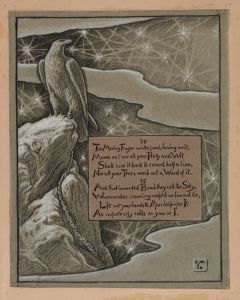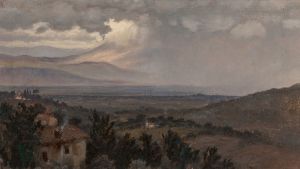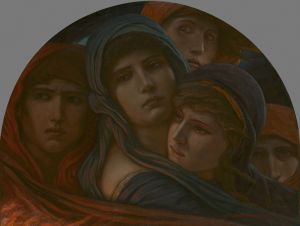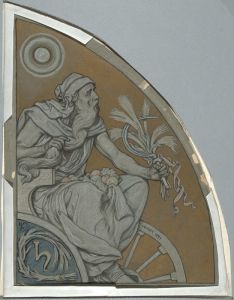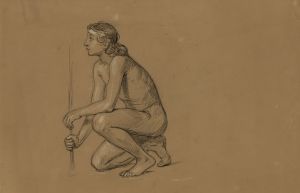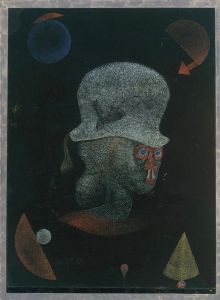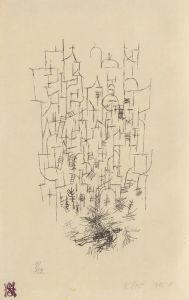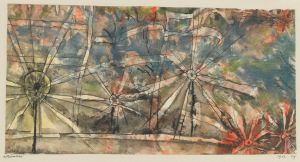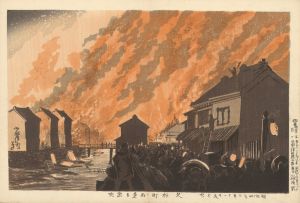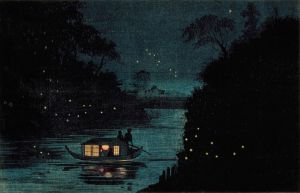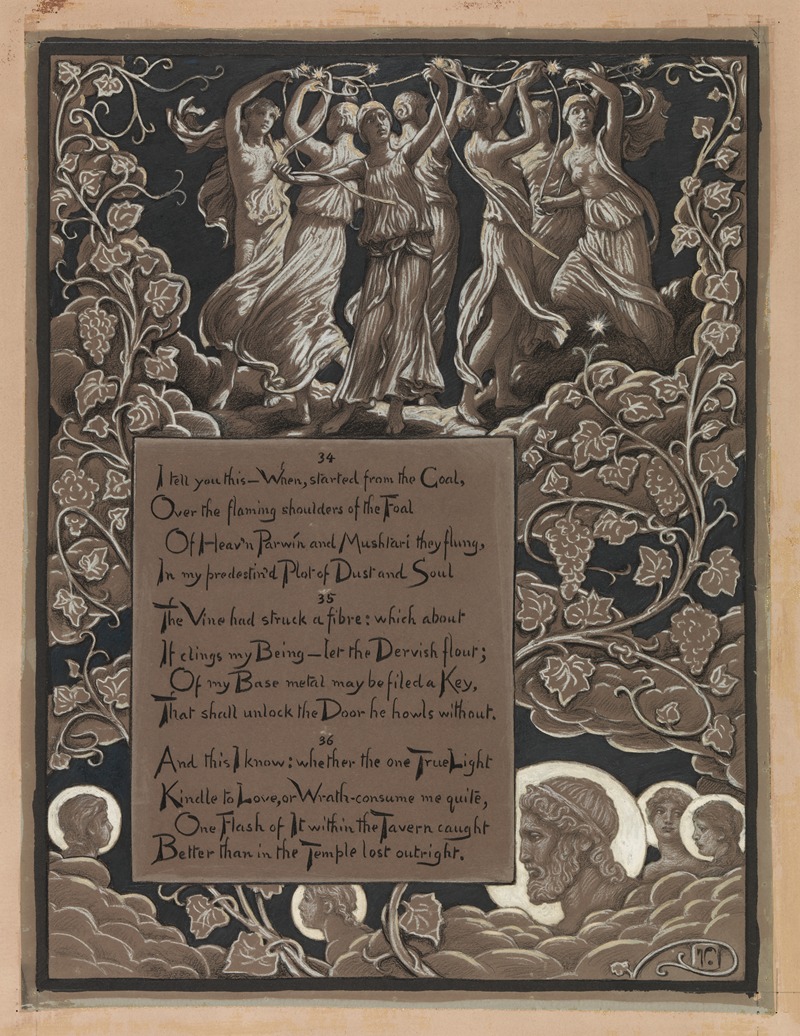
Omar’s Horoscope
A hand-painted replica of Elihu Vedder’s masterpiece Omar’s Horoscope, meticulously crafted by professional artists to capture the true essence of the original. Each piece is created with museum-quality canvas and rare mineral pigments, carefully painted by experienced artists with delicate brushstrokes and rich, layered colors to perfectly recreate the texture of the original artwork. Unlike machine-printed reproductions, this hand-painted version brings the painting to life, infused with the artist’s emotions and skill in every stroke. Whether for personal collection or home decoration, it instantly elevates the artistic atmosphere of any space.
Omar’s Horoscope is a painting created by the American artist Elihu Vedder in 1868. Vedder, who was born in New York City in 1836, is known for his allegorical and mystical works, often drawing inspiration from literature and philosophy. He spent a significant portion of his career in Italy, where he was influenced by the Symbolist movement and the Pre-Raphaelite Brotherhood.
The painting is an interpretation of the themes found in the Rubáiyát of Omar Khayyám, a collection of quatrains attributed to the Persian mathematician, astronomer, and poet Omar Khayyám. The Rubáiyát gained immense popularity in the English-speaking world after being translated by Edward FitzGerald in the mid-19th century. Vedder was particularly captivated by the existential and philosophical themes of the Rubáiyát, which explore the nature of fate, the passage of time, and the pursuit of pleasure.
Omar’s Horoscope reflects Vedder’s fascination with these themes. The painting depicts a mystical scene that combines elements of astrology and symbolism. In the center of the composition, a figure, presumably representing Omar Khayyám, is shown contemplating a celestial chart or horoscope. The background is filled with cosmic imagery, including stars and planets, suggesting the influence of the heavens on human destiny. Vedder’s use of color and light creates a dreamlike atmosphere, inviting viewers to ponder the mysteries of the universe and the role of fate in their own lives.
Vedder’s interest in the Rubáiyát extended beyond this painting. He later produced a series of illustrations for a deluxe edition of FitzGerald’s translation, published in 1884. These illustrations further cemented his association with the Rubáiyát and showcased his ability to translate complex literary themes into visual art.
Omar’s Horoscope is part of Vedder’s broader body of work that often incorporates mystical and allegorical elements. His paintings and illustrations are characterized by their intricate detail, imaginative compositions, and philosophical depth. Vedder’s work was well-received during his lifetime, and he was considered a prominent figure in the American art scene of the 19th century.
Today, Elihu Vedder’s contributions to art are recognized for their unique blend of symbolism and narrative. Omar’s Horoscope, like many of his works, continues to be appreciated for its artistic merit and its ability to evoke contemplation on the human condition. The painting is housed in a private collection, and while it may not be as widely known as some of Vedder’s other works, it remains an important example of his engagement with literary and philosophical themes.





